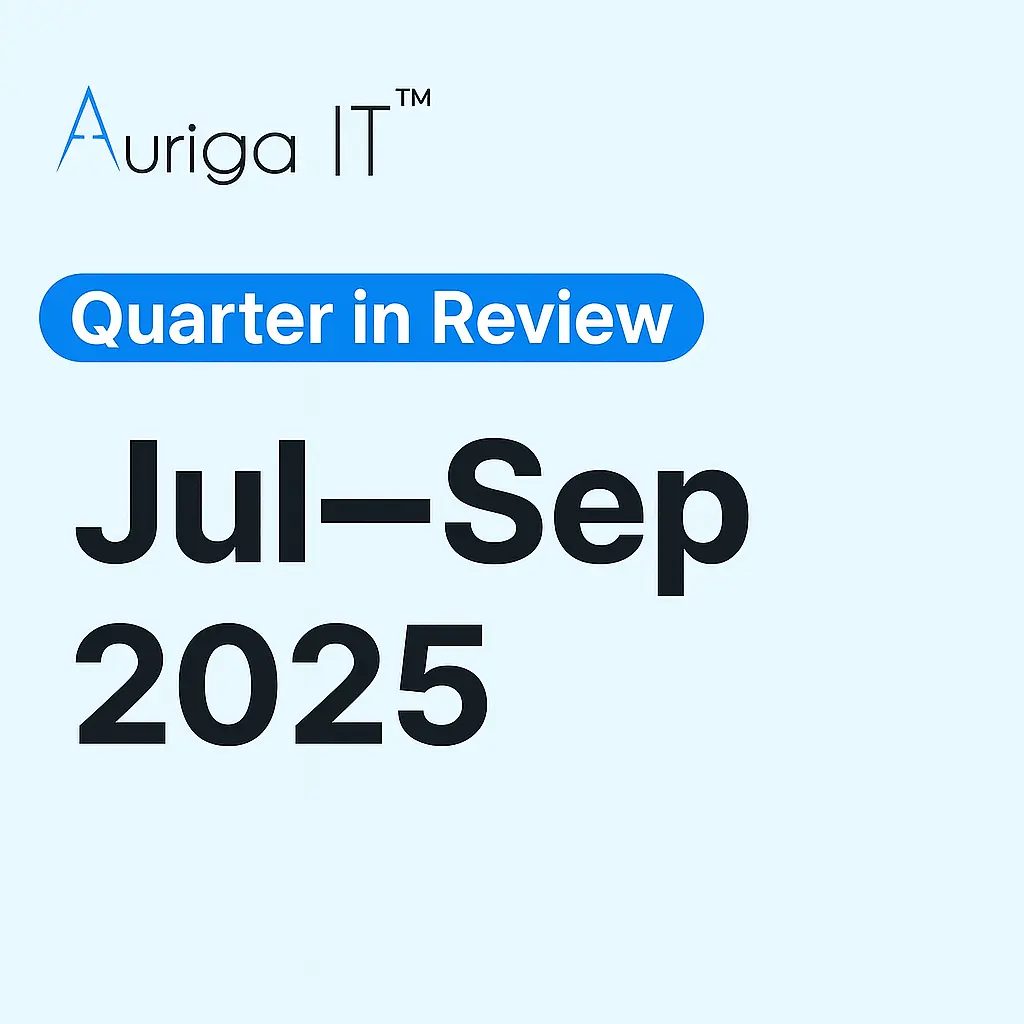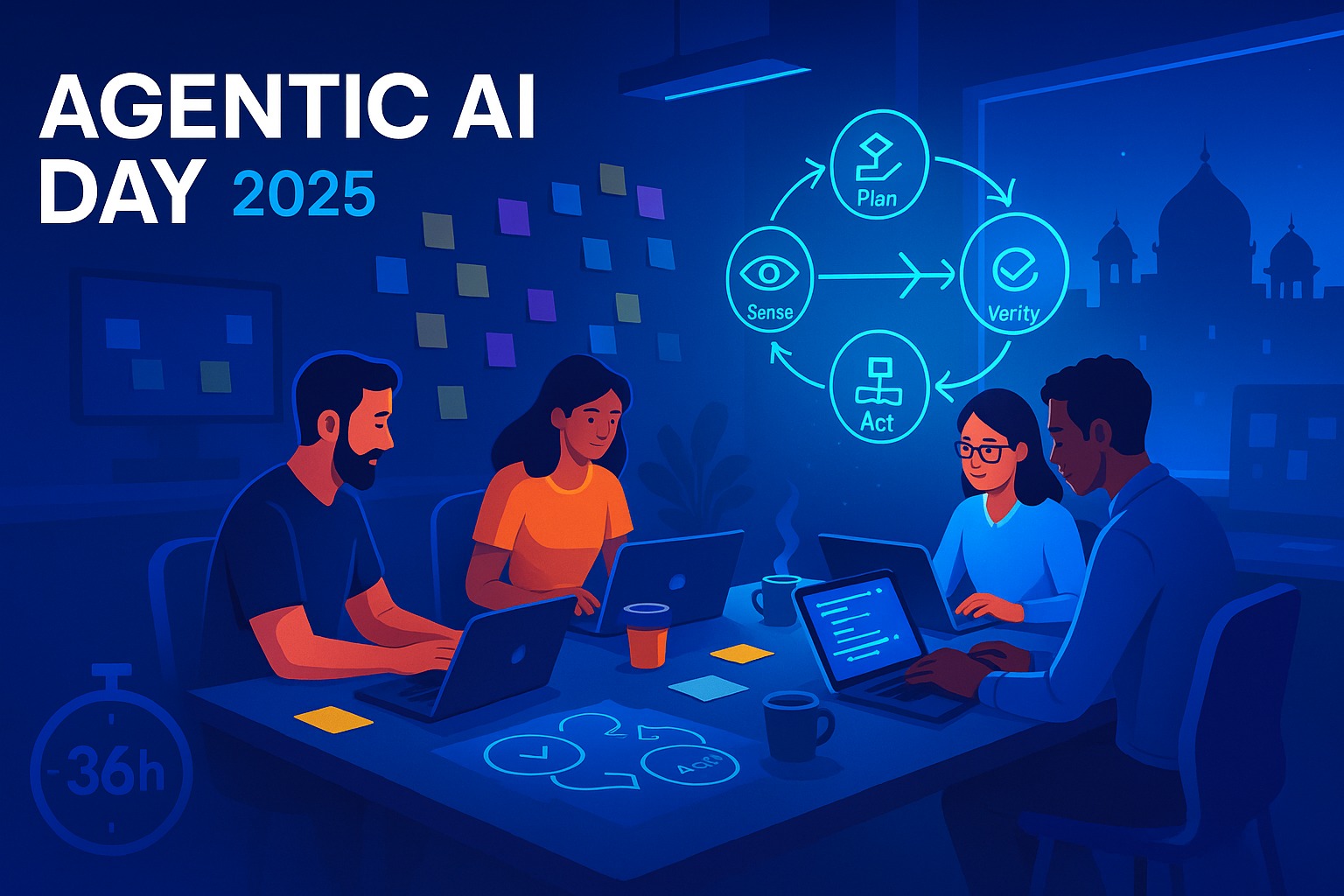Our insightful blogs
Managing complex workflows and data pipelines has become essential for modern organizations. Apache Airflow provides a powerful solution for programmatically authoring, scheduling, and monitoring workflows. This guide covers everything you
- General
Quarter in Review Jul–Sep 2025 What a Momentous Quarter! We’re thrilled to share that The Times of India, has recognised Auriga as a “Tech Titan of Rajasthan” - a moment
- News & Events
Frappe Framework Python vs Django: Why It Cuts Development Time by 70% vs Django Frappe Framework Python vs Django is a critical comparison for Python developers building business applications. While
Apache Airflow and Django make a powerful combination for orchestrating complex workflows in web applications. This guide shows you how to integrate them effectively, with a focus on building reusable
When your IDE feels like a conversation, and your codebase just… vibes. 🚀 The New Pulse of Programming Something curious is happening in software development circles. You’ll hear developers say
Public utilities rarely make headlines. They exist in the background - necessary, unnoticed, often frustrating. Water billing is a perfect example: essential to every household, but chronically inefficient, plagued by
- News & Events
Agentic AI Day 2025 36 Hours to Build the Future (Together) The countdown is on, Aurigans. On November 7–8, 2025, our Jaipur HQ turns into a live-wire lab for Agentic
- News & Events
The summer heat was intense, but our teams turned it up even higher. This quarter, we proudly delivered a major digital transformation project with ICICI Prudential, taking over the maintenance,
- General
- News & Events



